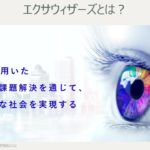The Fresh Sprouts That Have Overcome Disaster; The Radiated Ginkgo Tree That Continues To Bravely Live On
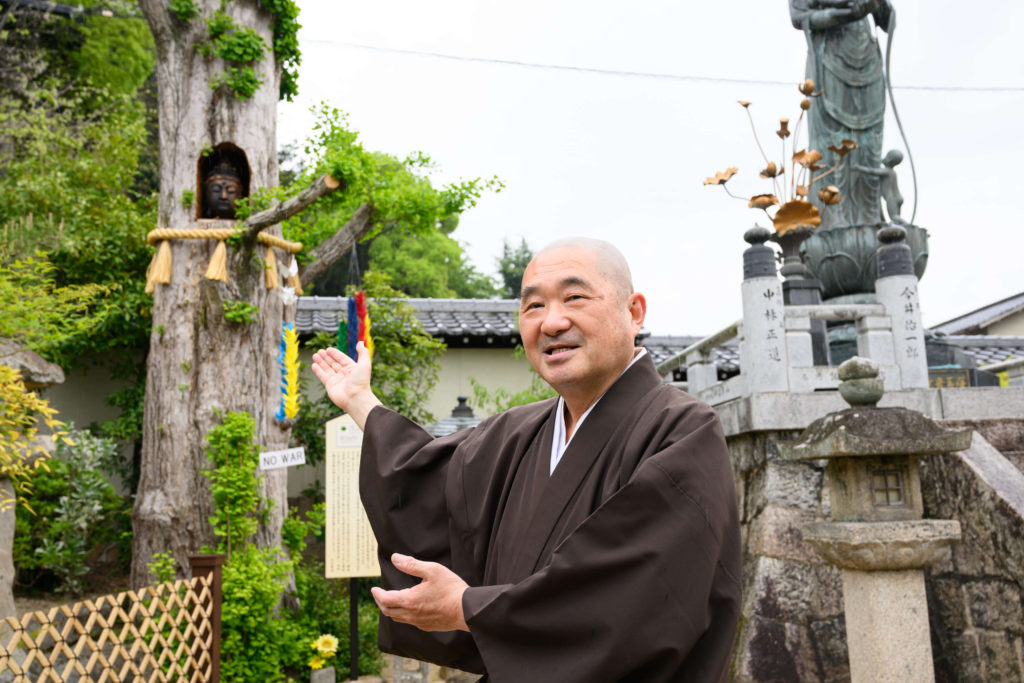
At the Myojoin Temple, located in the Higashi Ward of Hiroshima, there is a radiated ginkgo tree, estimated to be over 150 years old, that continues to live on, ever since it was exposed to the radiation of the atomic bomb 77 years ago, and still survives in the face of repeated damage inflicted by typhoons and lightning strikes, having produced splendid fresh sprouts again this spring.
We spoke to the head priest of the temple, Esho Yagi, who has spent his life together with his tree, ever since his own birth.
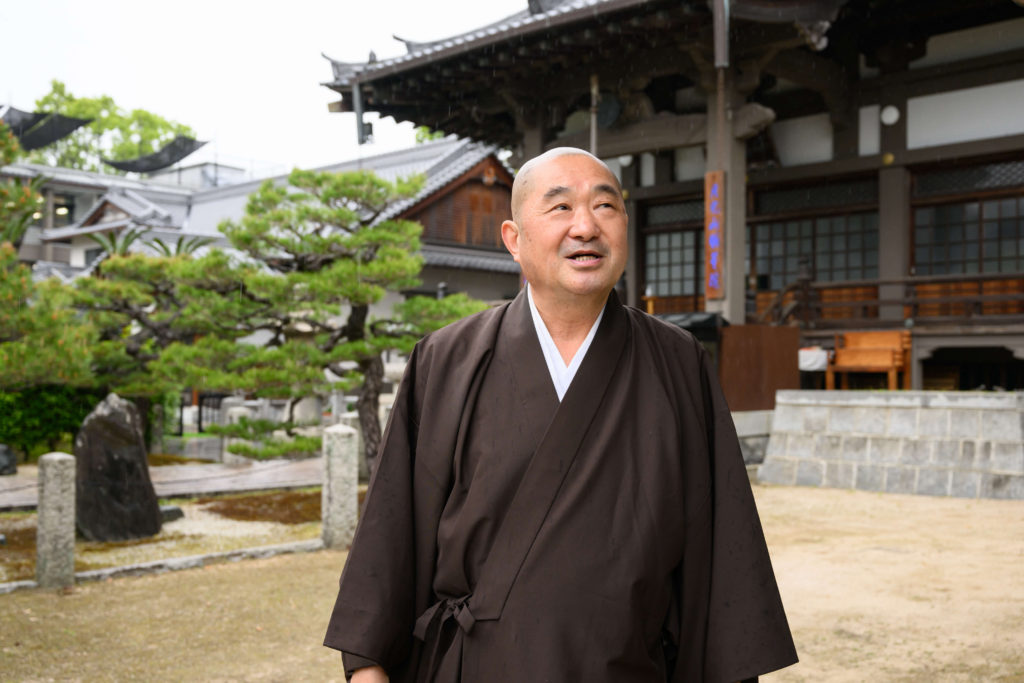
The ginkgo tree that continues living, despite having suffered radiation damage, resides within the confines of a temple called Myojoin (the Omuro School of the Shingon Sect) — located in a corner of the Futabanosato region, outside the North Exit of Hiroshima Station. Situated approximately 2 kilometers from the epicenter of the atomic blast, it was said that this area suffered extensive damage at the time.
“The blast from the bomb completely destroyed the area’s streets. The buildings at this temple crumbled as well, and due to the fires that broke out immediately after, were almost totally burned away. I had heard that the people who were at this temple could do nothing but barely escape with their lives.”
Myojoin and the surrounding Futabanosato area were transformed instantly into a burnt-out wreckage by the atomic bomb. As the temple was gradually reconstructed, together with the restoration efforts to rebuild the city, little by little, it began to reclaim its former beauty. And the gingko tree, located on these grounds, exposed to atomic radiation, continued to live on, together with this city’s people. Each year in spring, the tree sprouted new buds, and in the fall, released vividly colored leaves to form a carpet of autumn beauty, and produced plump gingko nuts. This grand old gingko tree at Myojoin has thrived, even in the face of the atomic bomb, and continues to bring happiness and joy to visitors.

“Unfortunately, due to the typhoon that struck Hiroshima in August of last year (2021), the trunk of the tree was broken. When I saw the damage, I thought, at last, this must be the end. However, I wanted to do something for this tree, as it had survived for so long. So I consulted with a tree doctor, who was able to restore it to its current condition, and it has once again produced new sprouts.” As Mr. Yagi spoke, he looked upward at the tree with a kindly gaze.
Due to the effects of several lightning strikes and typhoons, the tree now stands at about a third of its original height, and its many thick, strong branches have fallen off. Due to rot found in its remaining trunk, parts of the tree were removed. After receiving an embalming process to control the decomposition, a Buddha’s head was enshrined in the tree, and the trunk was bound with sacred rope.
“Gradually, we saw an increase in visitors who stopped by to put their hands together in prayer after seeing the tree in this state. There are now many people who, seeing the gingko tree in its current condition, continuing to live on bravely, want to receive a share of its good fortune as well, and so they touch and stroke its trunk.” As Mr. Yagi spoke these words beneath the gingko tree, I could see tiny sprigs of brilliant green, sprouting by his feet, around the trunk, and here, there, everywhere.
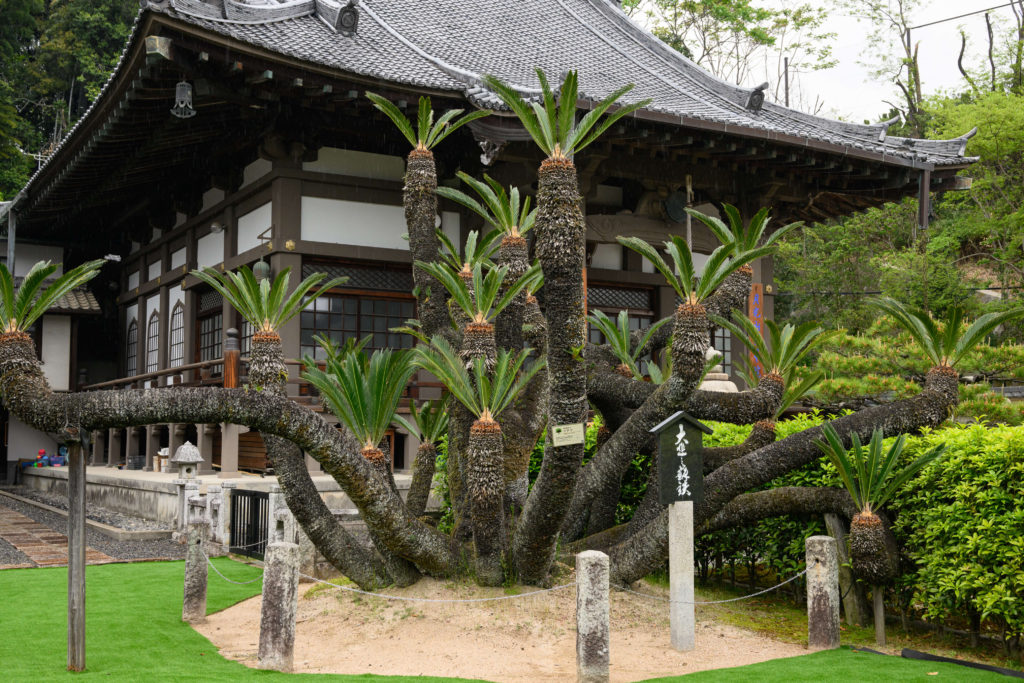
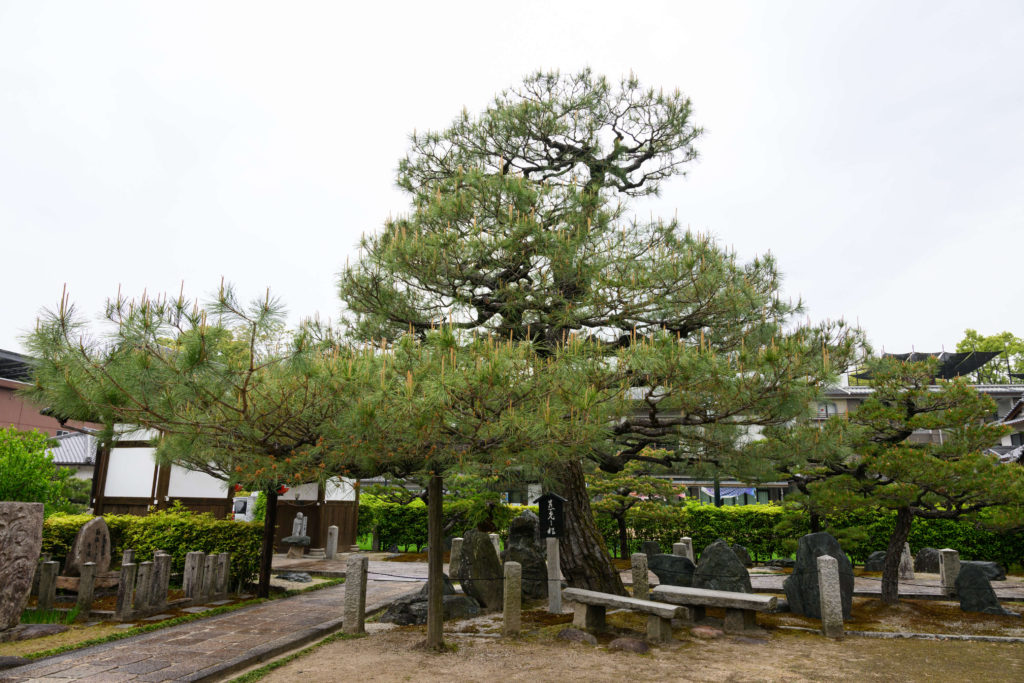

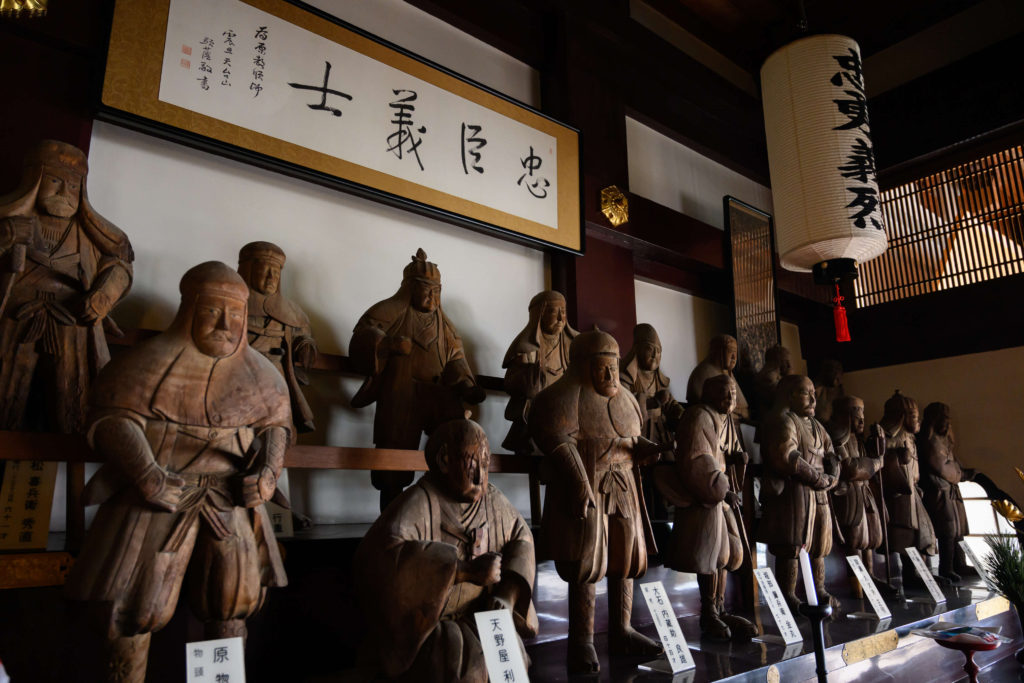
Within the Myojoin grounds, in addition to the gingko tree, there are other radiated trees that have survived as well — a large Japanese sago palm, and 2 Japanese black pines.
“These are living witnesses to the atomic bomb, so we must continue to treasure them and treat them preciously. I hope people can come see them for themselves, touch them, and feel their power.”
In addition to these trees, there are other precious artifacts that have survived the atomic bombing to this day — such as the 2 Deva Kings who are enshrined at the Deva Gate, and the wooden statues depicting the Forty-Seven Ronin, located in the main temple.
“A temple is a place of support and stability for the soul. I hope that we can continue to be a haven where visitors can stop by, and experience some spiritual relief. With the world as it is today, I hope that by viewing the gingko tree, by paying worship here, people can experience anew the importance of peace and calmness.”
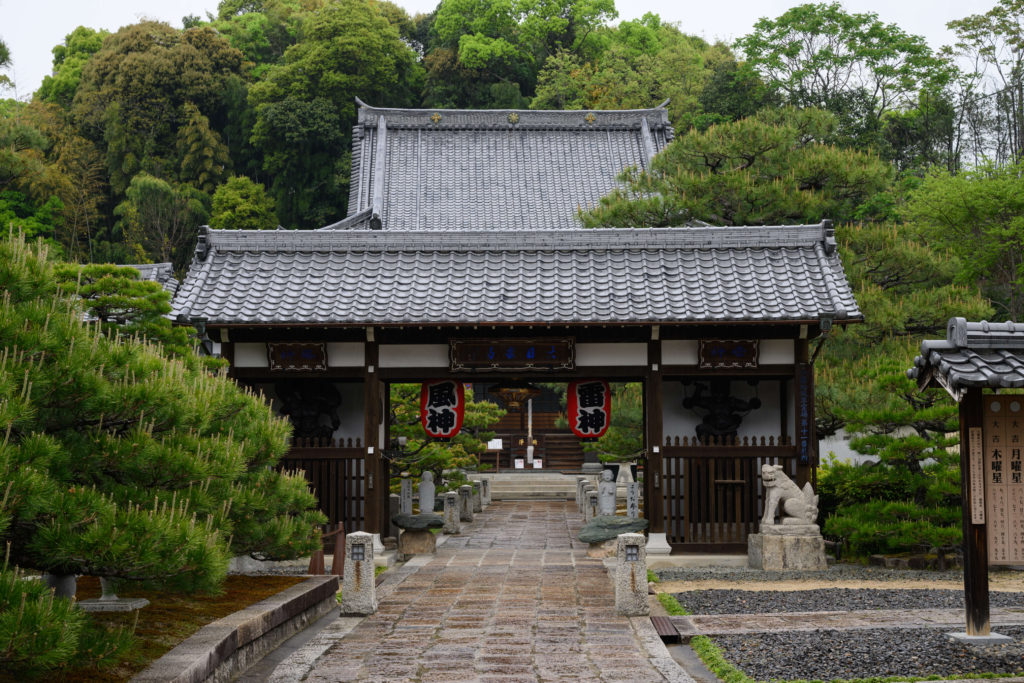
The Omuro School of the Shingon Sect: Myojoin
TEL:082-261-0551
Address: 2-6-25 Futabanosato, Higashi-ku, Hiroshima
Tags associated with this article




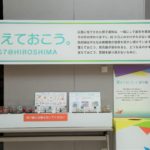
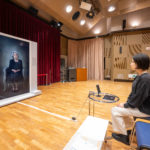
-150x150.png)
